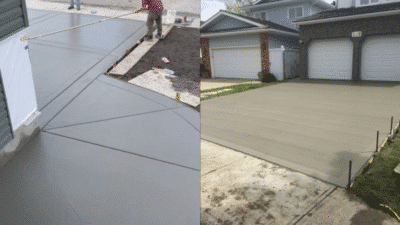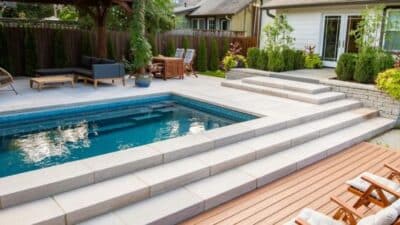
Metal can add a distinctive sheen and glamor to your home’s ambiance. Metallic roofing and accents have also gained popularity due to their durable, resilient build standards. Nowadays, one can find many houses with sturdy metal roofs and stunning statement pieces, such as golden bed frames and brass light fixtures.
However, cleaning becomes a priority when you invest in metallic home components. These materials can be prone to dust buildup and unsightly oxidation. Besides dampening your home’s visual aesthetic, these problems can also reduce the useful life of metallic surfaces.
Consider adopting these guidelines for keeping your stylish home gleaming, metal parts and all.
Tailor Cleaning Agents to the Metal Type
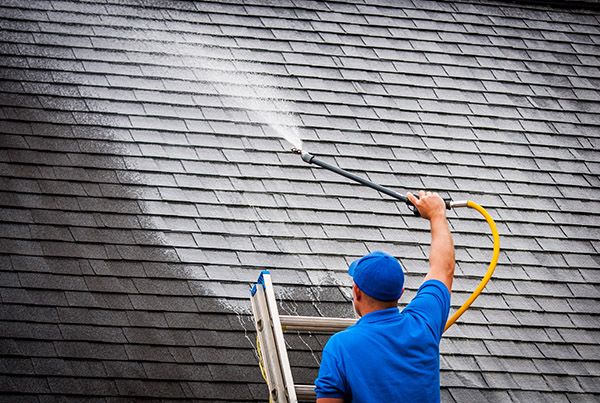
Some of us mistakenly adopt the same cleaning approaches for all metallic products around the house. For example, you may use a generic supermarket cleaner for your steel coffee table, the brass chandelier, and your silverware.
Retaining the gleam of metallic accents becomes much easier when you use products that match the properties of diverse materials.
If you use water-based cleaners, they will contain various components, such as chelating agents and surfactants, to deliver adequate results. These options are safer than solvent-based cleaners.
However, some experts note that water-based alkaline cleaners can cause staining in aluminum products. You may start witnessing it after several cleaning sessions. Neutral options may be more suitable for aluminum accents, like sculptures or bookends.
Similarly, some people use offbeat products, such as toothpaste and regular soap, to achieve their desired brass-cleaning results. Vinegar is a common choice due to its acetic acid content. And yet, a BBC feature notes that the vinegar corrodes brass, copper, and bronze. It can also harm the skin if the concentration is too strong.
So, how should you decide which cleaning agent is best for various metallic items around your house?
The most reliable solution is to consult the item’s care guide. It should detail cleaning instructions and provide a list of recommended agents for their maintenance. “Homemade” cleaners may seem safe, but resist using them unless you are sure that the composition is suitable for the desired area.
When in doubt, consult an expert—time to connect with all the chemists in your extended family—and get their opinion.
Tackle Oxidation With Professional Cleaning
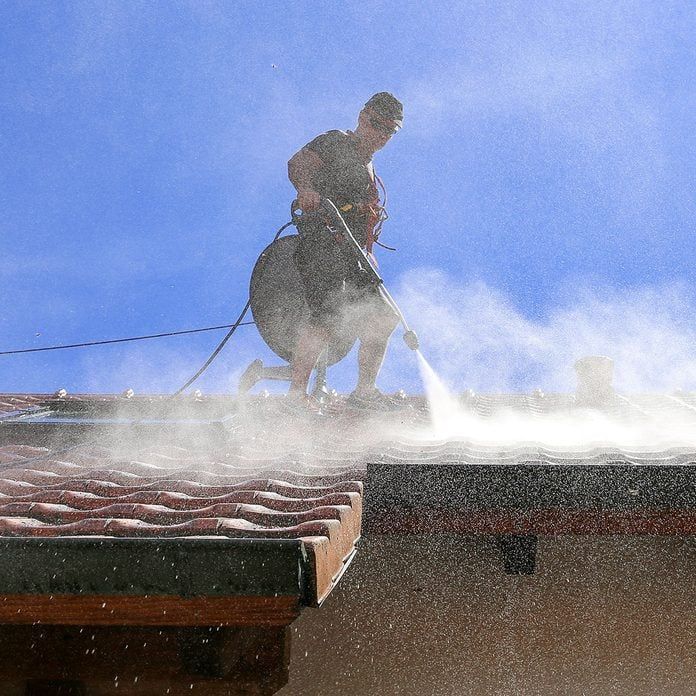

Some metals are prone to developing oxidative damage upon exposure to air and moisture.
For example, metal roofs can exhibit signs of oxidation after prolonged exposure to rain or snow. Some areas in the US, such as Knoxville, have received heavy rainfall in recent months. For example, May 2025 was the third-wettest ever recorded. Several homes are struggling to keep up with repairs and maintenance.
Even indoors, copper decorative items can develop a green patina over time. Your silverware might tarnish, as may the silver photo frame with your favorite holiday picture. These changes occur due to indoor oxidants, including ozone, nitrates, and hydroxyls.
Some people use acid-based agents, such as vinegar and lemon juice, to remove signs of oxidation. However, these techniques may fall short for metallic surfaces exposed to the elements or worse for wear. Excessive water damage on roofs (and associated algae or moss) warrants professional intervention.
For example, you can consider professional roof cleaning in Knoxville after a particularly long spell of inclement weather. Experts handle rust and stains using low-pressure techniques that complete the job without internal damage.
PureClean Knoxville recommends using only safe and gentle techniques to maintain warranty compliance. It will help you manage your home maintenance costs over time, an increasingly big source of expense for communities across the US.
Eco-Friendly Cleaners Can Increase Longevity
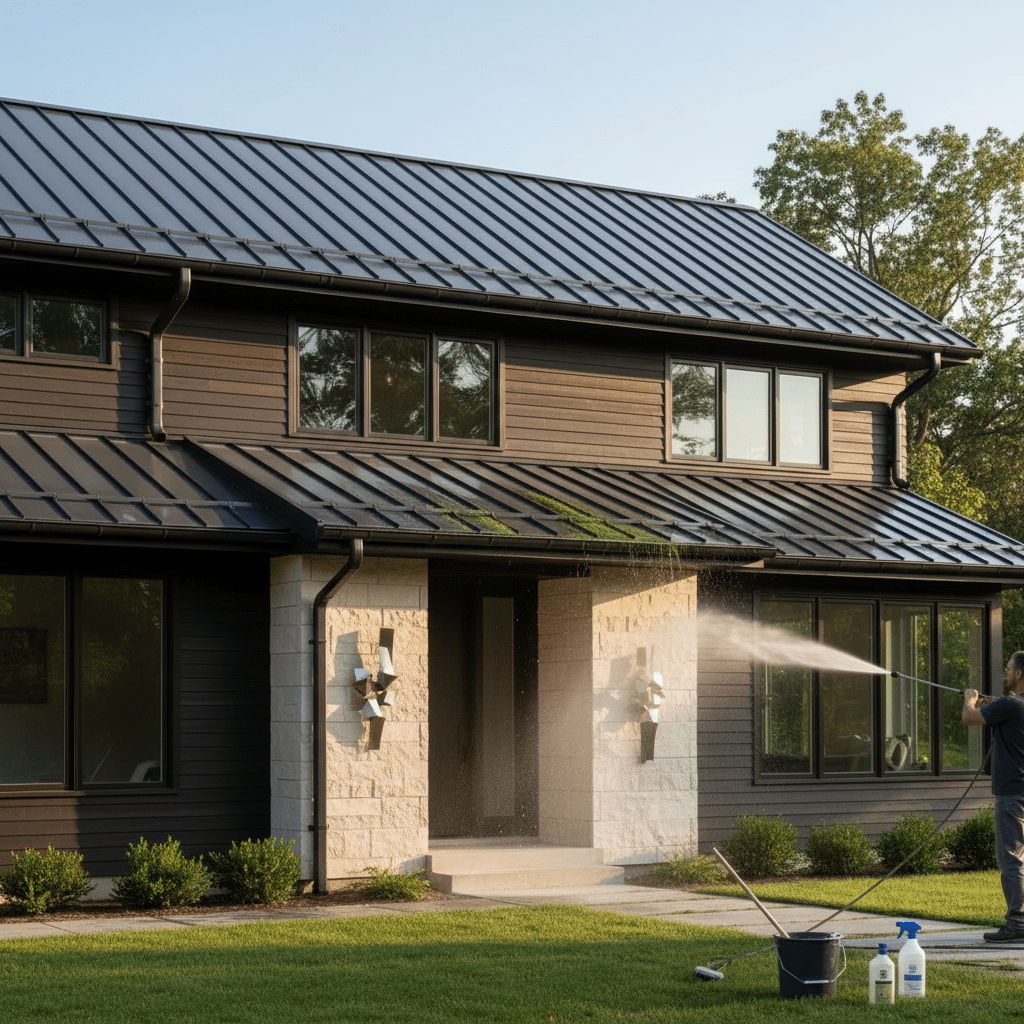

Metal accents may require more frequent cleaning as they are an intricate part of your everyday life. You don’t want that gorgeous gold-accented doorway to look jaded. One tip: prefer eco-friendly cleaners over industrial-grade monstrosities.
The idea here is not a sustainability focus, although that should underline our decisions in the modern, climate-change-ridden world. Eco-friendly cleaners will keep your metallic accents shining for longer. They use gentle ingredients that don’t damage the metal’s natural protective layer. They also eliminate the risk of spreading toxins to sensitive household members.
Greener cleaning agents may require some DIY, but the effort pays off quickly. Consider making a solution of equal parts vinegar and water to spring-clean aluminum. Detergent also works well to make it clean and shiny. Lemon and salt can make a good, natural cleaner for copper. Some green cleaning coaches recommend trying ketchup—the acidity in the tomatoes works well to remove tarnishing from copper.
Metal features prominently in contemporary home decor, especially in the contemporary push for modernity and sophistication. Metallic roofs and accents have an aura of well-deserved robustness and assurance, lending your living space shine and gloss.
The above pointers should come in handy for keeping things clean and gleaming around the house. They will also help you get the most use from your precious home investments.
- 0shares
- Facebook0
- Pinterest0
- Twitter0

